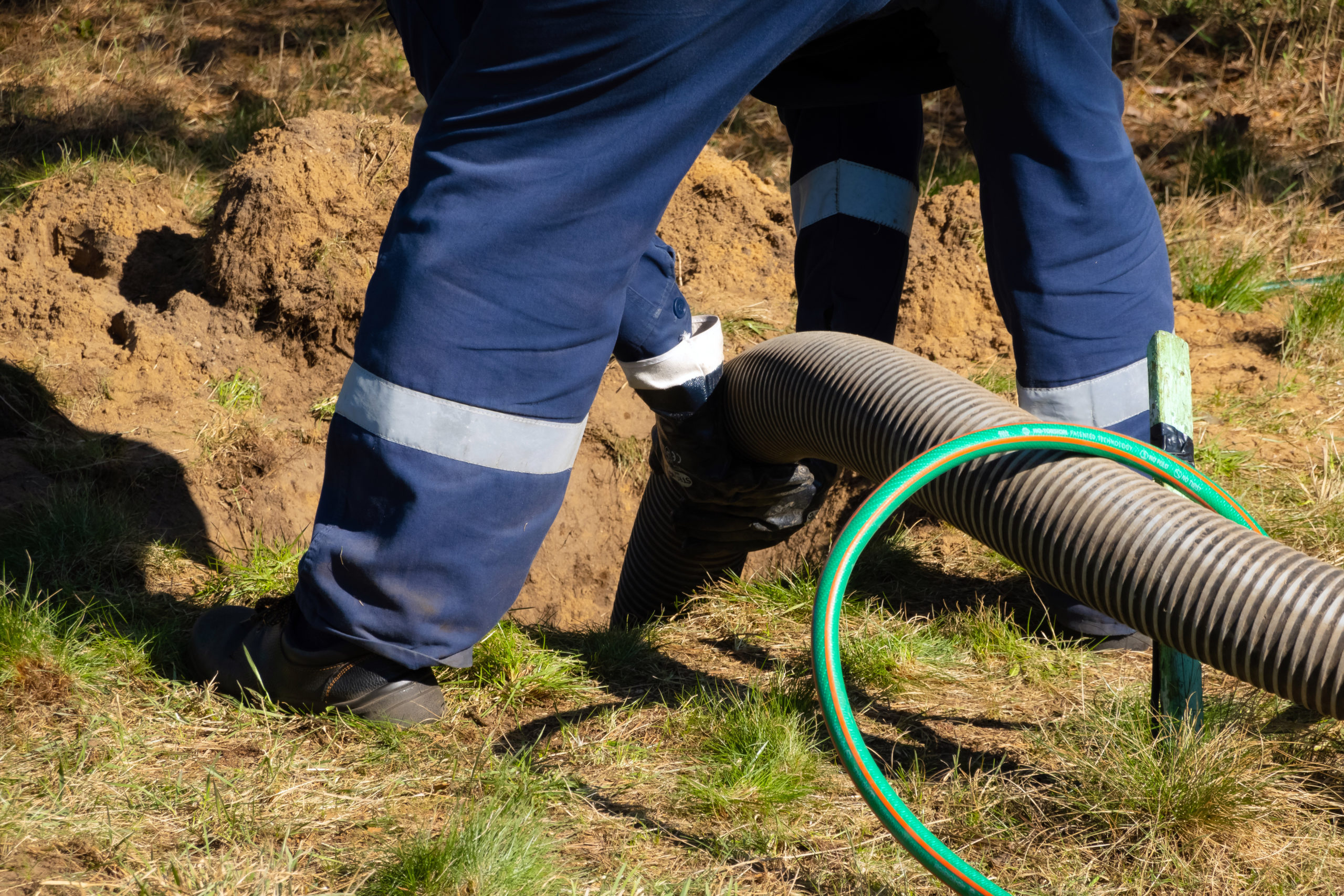Stillwell Septic And Grading - An Overview
Stillwell Septic And Grading - An Overview
Blog Article
The smart Trick of Stillwell Septic And Grading That Nobody is Discussing
Table of ContentsThings about Stillwell Septic And GradingThe 45-Second Trick For Stillwell Septic And GradingHow Stillwell Septic And Grading can Save You Time, Stress, and Money.Getting The Stillwell Septic And Grading To WorkHow Stillwell Septic And Grading can Save You Time, Stress, and Money.The Best Strategy To Use For Stillwell Septic And GradingStillwell Septic And Grading Can Be Fun For Anyone
Overall, sewage-disposal tank installation is an intricate process that needs mindful planning and implementation. Home owners need to deal with a trusted setup team and know local regulations and requirements to make certain that their septic system operates properly for years ahead. After the septic tank has been installed and linked to the drainpipe area, it is time to backfill the area.The backfill product need to be without clods, big rocks, icy matter, and debris that can cause gaps in the backfill that might enable resolving in time. Squashed rock or pea crushed rock 1/2-inch in diameter is favored if indigenous products are not appropriate. As soon as the backfilling is total, it is time to landscape the location.
Once the septic system has actually been installed, it is important to check it to make certain that it is functioning correctly (Septic Tank Installation). https://slides.com/stillwellsag. Examining the system involves examining for leakages, ensuring that the container is at the suitable degree, and taking a look at the drainpipe field. One of the most usual examinations carried out is the hydraulic tons test
The Ultimate Guide To Stillwell Septic And Grading
The water is then kept an eye on to make certain that it streams properly with the pipes and into the drain area. If the water does not stream properly or backs up right into the storage tank, it might indicate a trouble with the system. Another test that is generally done is the dye examination.
The dye is then kept an eye on to guarantee that it streams appropriately via the pipes and into the drain area. If the dye does not flow appropriately or appears in the wrong location, it might show a trouble with the system. It is necessary to have a specialist do these examinations to ensure that they are done properly.

Stillwell Septic And Grading Can Be Fun For Everyone
Right here are some vital tips for homeowners to maintain their septic tank: The typical family septic tank need to be inspected at least every three years by a septic solution professional. The frequency of pumping depends on the dimension of the container and the variety of people utilizing it. https://issuu.com/stillwellsag. A basic guideline is to pump the tank every three to five years
Making use of water-efficient fixtures and devices, such as low-flow showerheads and toilets, can reduce water usage and aid the septic tank work more efficiently. Just flush bathroom tissue and human waste down the toilet. Avoid flushing anything else, including womanly health items, infant wipes, and cooking grease, as they can clog the system.
The 10-Minute Rule for Stillwell Septic And Grading
Septic system installation is a complex procedure that needs mindful preparation and execution. Home owners must know the needed steps entailed in the setup procedure to make sure that their septic tank functions effectively and successfully. The initial step is to assess the site where the septic tank will be mounted.
The soil kind will certainly impact just how quickly wastewater is soaked up and filteringed system. Once the site has been assessed, the next step is to prepare for the installation. This involves obtaining the needed licenses and inspections, as well as picking the appropriate service provider for the work. Property owners must make sure that their professional is experienced in sewage-disposal tank installation and will certainly function together with them throughout the process.
Stillwell Septic And Grading Things To Know Before You Get This

Property owners should know the necessary actions entailed in the setup procedure to make sure that their septic system operates effectively and successfully. By complying with these steps and preserving their system, home owners can rest ensured that their septic system will certainly give reputable wastewater therapy for several years ahead.
Almost one in five United state homes have septic systems. If you're not properly preserving your septic system, you're not just hurting the atmosphere, you're putting your family's health at riskand might be flushing thousands of bucks down the drainpipe!
Some Known Facts About Stillwell Septic And Grading.

All that additional water can truly strain your septic system. Surprise using water-generating devices. This can be valuable particularly if your system has not been pumped in a very long time. Come to be much more water efficient by taking care of pipes leakages and think about setting up shower room and kitchen area tap aerators and water-efficient items.
Stillwell Septic And Grading - The Facts
Know your system's place. When you have the tank pumped, draw a diagram or map revealing its place in relation to taken care of points - edges of the house, steps, or fencing blog posts.
Excessive water can damage it. Don't dig, construct, or plant anything apart from yard over the drainfield. Preserve water. Septic Installers. Lower the Continued amount of wastewater that should be dealt with and dealt with by your system: Wash no even more than one or two tons of garments daily. Up to 53 gallons of water flooding your septic tank with each load, so it's best to spread washing out over the week.
Report this page